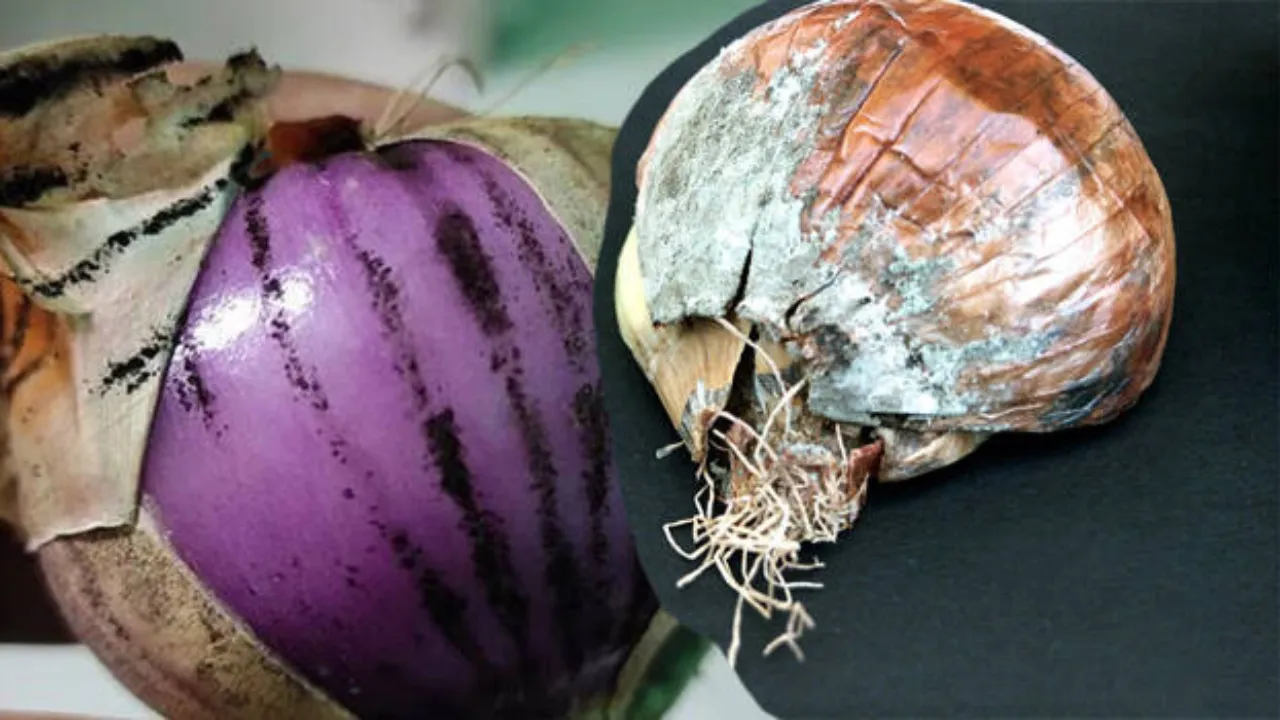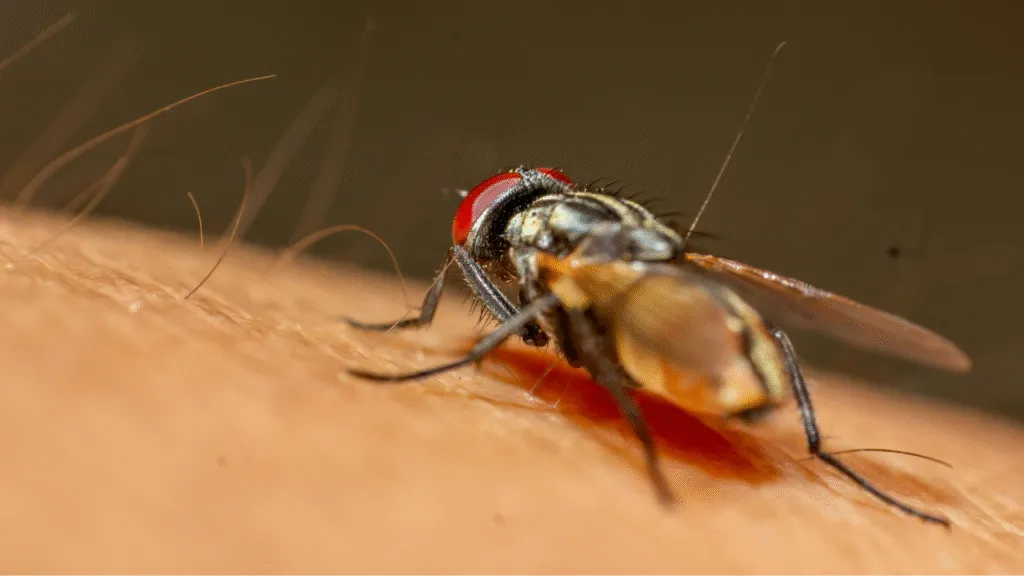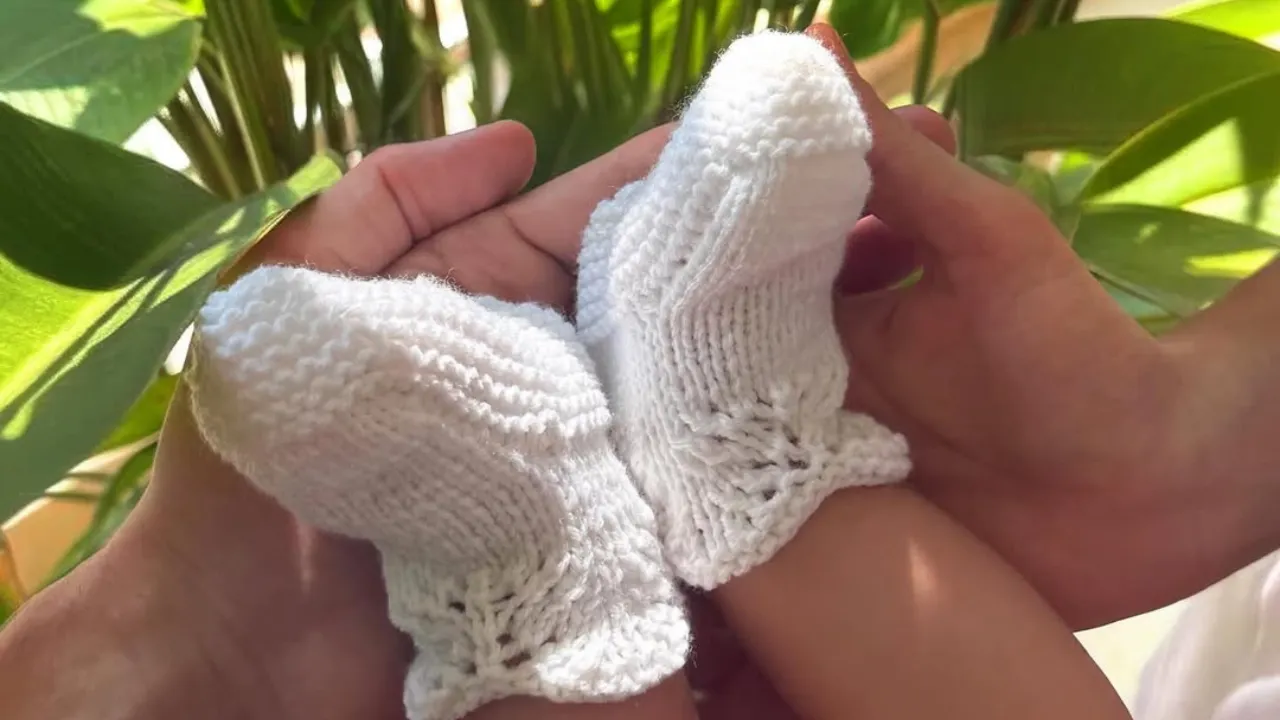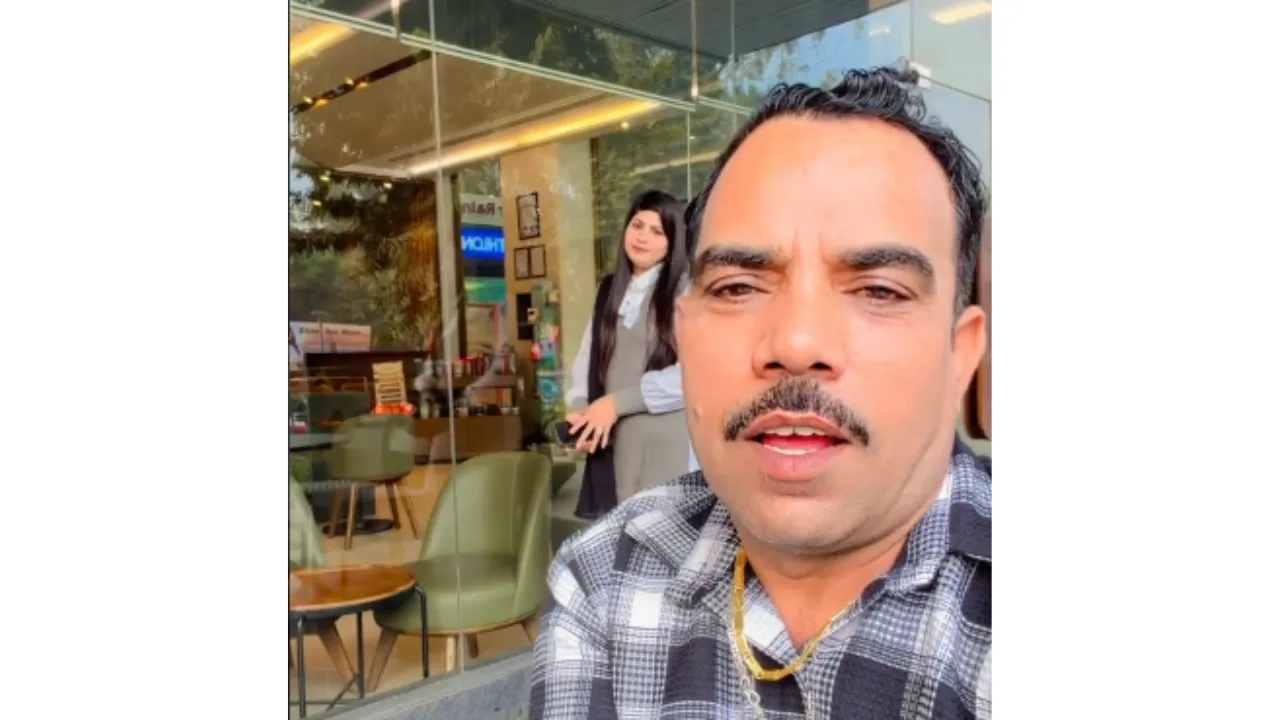Why does Shilpa Shetty do the yoga technique inspired by a bee’s hum?
Shilpa Shetty has long been one of Bollywood’s most visible wellness advocates. Lately she’s been sharing a simple breathing practice — Bhramari Pranayama (the “humming bee” breath) — and calling it a near-miracle for stress, blood pressure and mental clarity. This article explains what the technique is, why Shilpa Shetty recommends it, what science says, how to practice it safely, and who should check with a doctor first.
What is Bhramari (the “bee-hum”) and why Shilpa Shetty loves it
Bhramari comes from Sanskrit: bhramari means “bee.” The breathing technique combines a slow inhale with a long, low-pitched humming exhale that resembles the sound a bee makes. It’s compact, easy to do anywhere, and requires no special equipment.
Shilpa Shetty has recently posted tutorials and short videos showing the move and describing its calming effects. She’s framed it as an accessible way to lower anxiety, steady the mind, and even help regulate blood pressure — calling it a “Ram Baan” (ultimate remedy) for everyday stress.
Quick benefit snapshot (why celebrities like Shilpa recommend it)
- Immediate calming effect on the nervous system.
- Easier focus and better sleep when practiced regularly.
- Potential short-term drops in heart rate and improvements in heart-rate variability (HRV) in controlled studies.
The science behind the hum — what studies show
Bhramari isn’t just a wellness trend; researchers are studying its measurable effects.
One EEG study looked at brain activity during the humming sound and found changes consistent with relaxation and increased attentional control. That helps explain why you can feel calmer and more focused after only a few rounds.
Clinical and randomized trials have also explored immediate cardiovascular effects. Short sessions of bee-humming breathing have been associated with reduced heart rate and improved indicators of autonomic balance (the sympathetic/parasympathetic system), which supports the claim that it can help with stress and blood-pressure control.
There’s also interesting physiological research suggesting that humming can increase production of nasal nitric oxide — a molecule that helps airway function and circulation. That may be one mechanism by which Bhramari supports respiratory and cardiovascular comfort.
How to do Bhramari Pranayama — step-by-step (as Shilpa Shetty demonstrates)
Below is a simple, beginner-friendly routine similar to what Shilpa Shetty shows in her videos. Do it sitting comfortably with a straight spine.
- Sit cross-legged or on a chair with feet flat. Relax shoulders.
- Close your eyes and gently press your index fingers on the cartilage between cheek and ear to lightly block the ear canal (optional). This increases the internal humming sensation.
- Take a slow, deep inhalation through the nose, filling the lungs without forcing.
- As you exhale, make a steady, low, humming sound: “mmmm” or a bee-like “mmmm-bzz.” Keep the mouth closed and feel the vibration in the head and throat.
- Repeat for 5–10 rounds to start. Gradually build up to 15–20 rounds across a session if comfortable.
- Finish with a few normal breaths and notice how your mind and body feel.
Small tips: keep the humming steady (not a sharp buzz), don’t strain the voice, and breathe gently — this is relaxation work, not vocal training.
Who benefits most — and who should be cautious
Bhramari is low-risk and widely accessible: people with stress, insomnia, mild anxiety, or anyone who needs a quick reset can benefit. Shilpa Shetty’s audience examples (busy parents, performers, office workers) reflect that broad appeal.
However, some people should be cautious:
- If you have recent respiratory infection, severe asthma flare, or cardiovascular instability, check with a healthcare provider first.
- People with recent ear surgery or chronic ear problems should avoid plugging the ears forcefully.
- Pregnant people who have concerns should consult their doctor before starting any new breathing routine.
When in doubt, keep it gentle — and stop if you feel dizzy or lightheaded.
Why celebrities like Shilpa Shetty make Bhramari popular — and why that matters
When a trusted public figure shows a simple practice, it lowers the barrier for millions to try something healthy. Shilpa Shetty’s tutorials are short, practical, and framed around everyday problems — stress, focus, and sleep — which makes viewers more likely to adopt the technique responsibly. Recent coverage of her posts has sparked renewed interest and media stories explaining the practice and its evidence base.
Practical routine you can try today (2-minute reset)
- Sit upright. Inhale calmly for 4 counts.
- Exhale with a gentle hum for 6–8 counts.
- Repeat 6 rounds.
Notice your breathing, heartbeat, and mental calm. This quick loop can be done between meetings, before sleep, or anytime you feel overwhelmed.
Final thoughts: simple, science-backed, human
Shilpa Shetty’s endorsement made Bhramari visible to a large audience — but the technique stands on its own. It’s short, free, and backed by growing research showing measurable calming and cardiopulmonary benefits. If you’re new to breathwork, Bhramari is a safe starting point: conservative, accessible, and effective for many people.
If you have health concerns, ask a clinician first. Otherwise, hum a few rounds and see how you feel — that small vibration can do a surprising amount of good.
Also Read: Malaika Arora’s Fierce Reply to Critics—No More Apologies!


























